(R616) High Frequency Prefixes and Suffixes in Context Mega-Bundle
Original price was: $147.78.$133.00Current price is: $133.00. including GST
22 no-prep resources (480 pages) to help younger and older students increase their understanding and use of prefixes and suffixes used across the curriculum.
Description
High Frequency Prefixes and Suffixes in Context Mega-Bundle: 22 no-preparation resources (480 pages) to help students increase their understanding and use of prefixes and suffixes used across the curriculum
Learning about prefixes and suffixes helps students to understand words they will come across later in school, work, and in life. Not all prefixes and suffixes are equally important, and it helps to prioritise the most common ones.
(A) For Younger Students
For younger students and students who would benefit from help with early suffixes/morphemes (e.g. children with language and learning disorders, and students learning English as an additional language), we include:
-
- a present progressive subject-verb workout, focusing on -ing;
- a regular plural noun workout, focusing on -s;
- an irregular plural noun workout, focusing on -es (as in “glasses”, “bushes”, “matches”, “judges”, and ”boxes”);
- a regular past tense verbs workout, focusing on when -ed is pronounced as /t/ (e.g. hopped);
- a regular past tense verbs workout, focusing on when –ed is pronounced as /d/ (e.g. happened);
- a regular past tense verbs workout, focusing on when -ed is pronounced as /əd/ (e.g. dented);
- a regular past tense verbs workout, providing mixed practice of the different pronunciations of -ed; and
- a high frequency comparative and superlative adjectives workout, focusing on -er and -est.
(B) For Older Students
For older students and for other students who would benefit from explicit teaching or high frequency prefixes and suffixes, we include 14 no-prep fully-scripted, 10-exercise resources in Google Slides and PDF formats. Here are the resource packs included in the bundle:
Prefixes:
-
- Un-
- Re-
- In-
- Pre-
- Dis-
- Fore-
- Mis-
- De-
- A-
Suffixes:
-
- -able
- -ion and -tion
- -ible
- -or and -our
- -ship
Each prefix and suffix resource includes 10 exercises designed to increase students’ understanding and use of the target morpheme in context. Exercises include:
-
- the definition and etymology of prefix or suffix;
- the definition and etymology of the target morpheme;
- a procedural learning writing activity;
- a listening/language comprehension activity to hear the morpheme in context;
- a word highlight activity to spot the morpheme in sentences;
- a rewriting exercise to use the target morpheme in a word to replace other phrases;
- a sentence formulation exercise with semantic constraints;
- a divergent naming exercise: creative thinking using words containing the target morpheme;
- verbal reasoning/persuasive writing exercises to generate pros and cons for propositions containing words with the target morpheme;
- a story-telling or creative writing exercise using target words containing the target morpheme.
- free links to further research summaries about morphological awareness, spelling and reading.
The prefix resources also include a self-study/research exercise designed to increase students’ general knowledge about the world.
For more free information about morphological awareness, see our free article here: What else helps struggling readers? The evidence for “morphological awareness” training
All in all, this Mega-Bundle includes some 480 pages of no-prep resources, suitable for one-to-one, small group and whole class teaching.

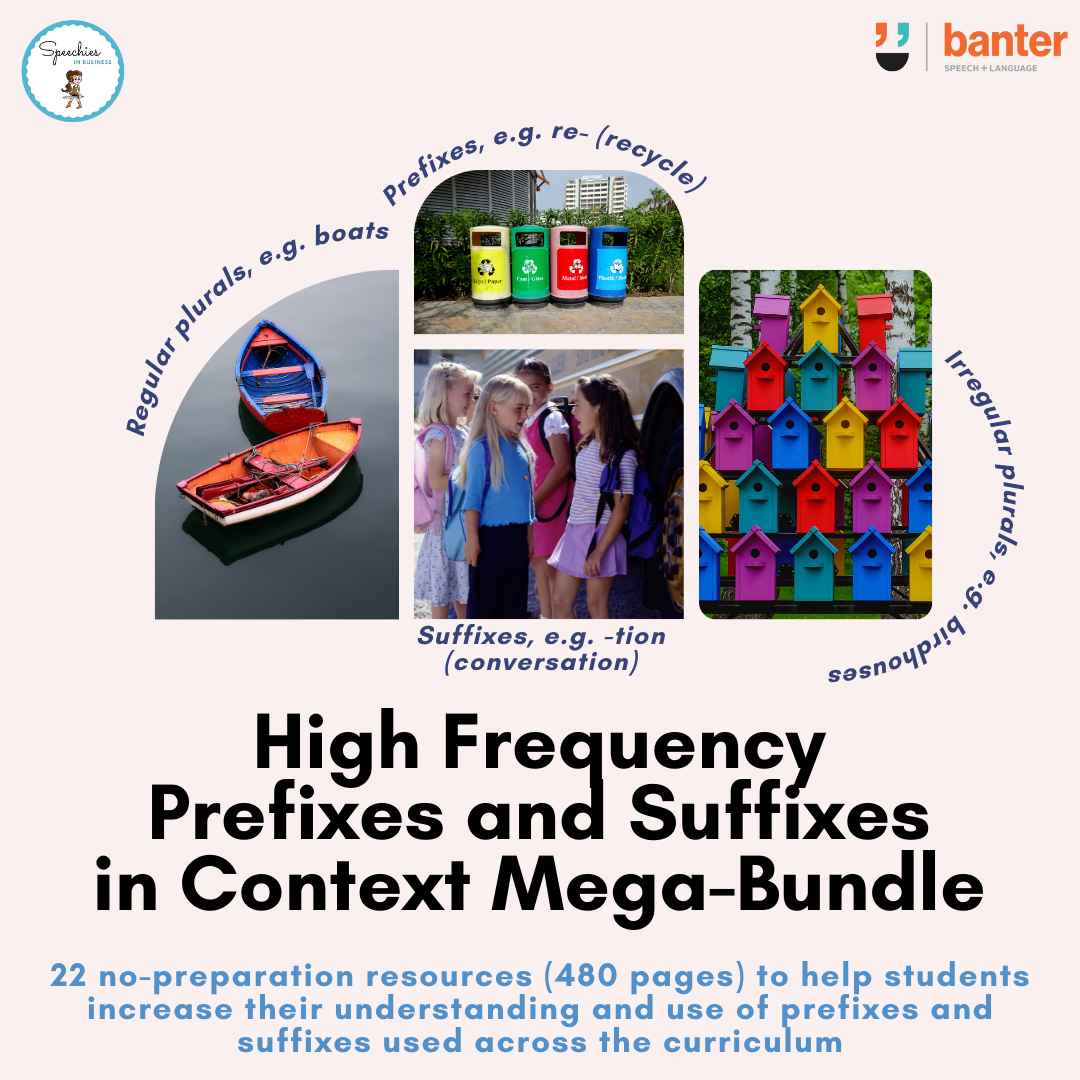

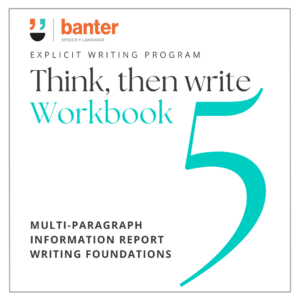
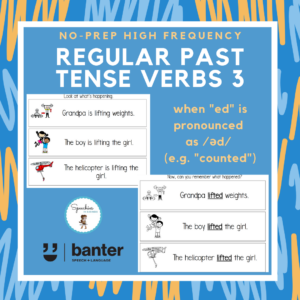
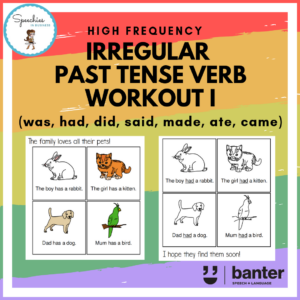
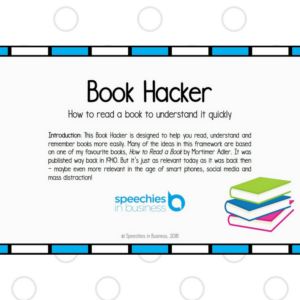
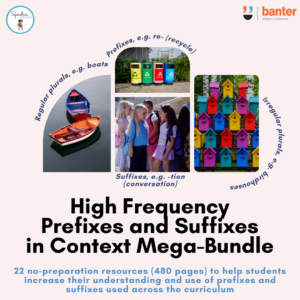
Reviews
There are no reviews yet.